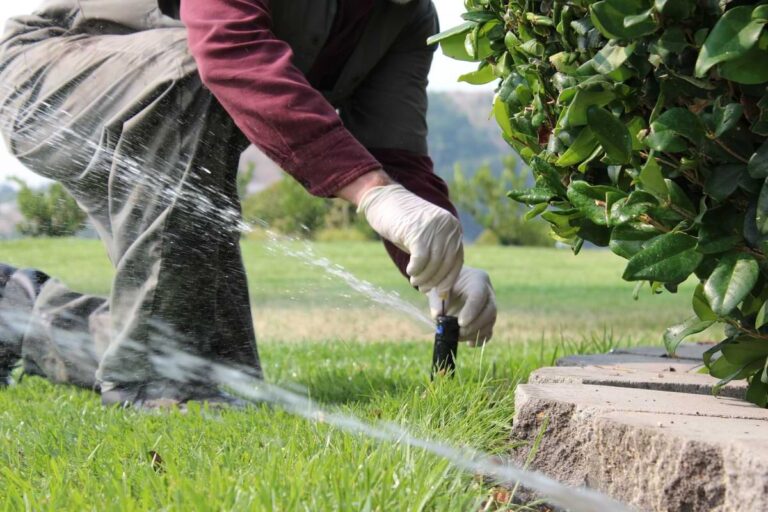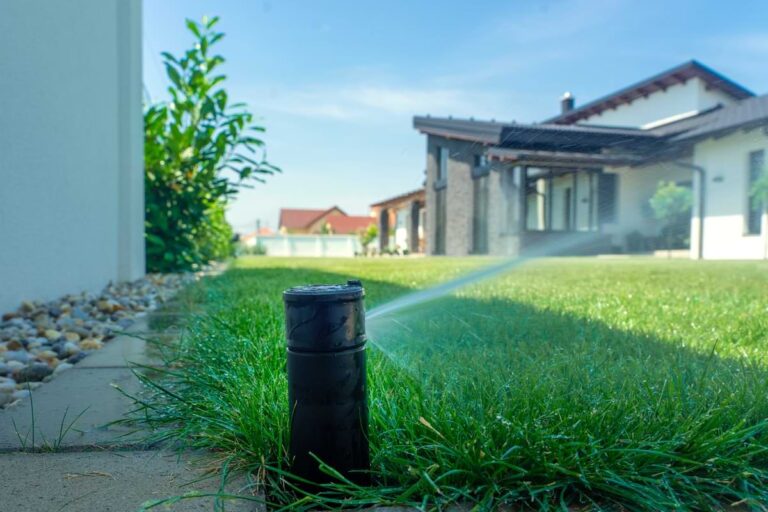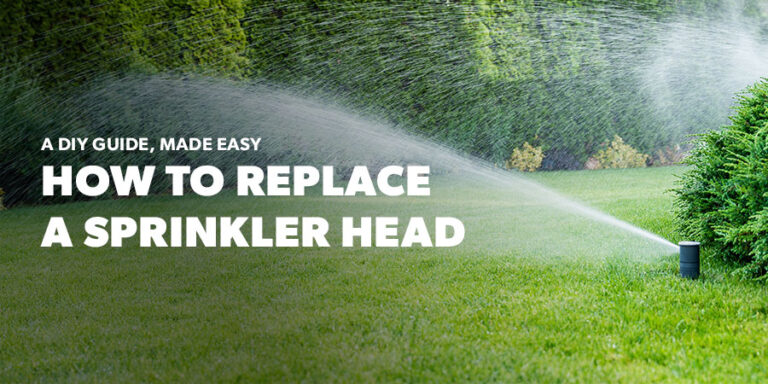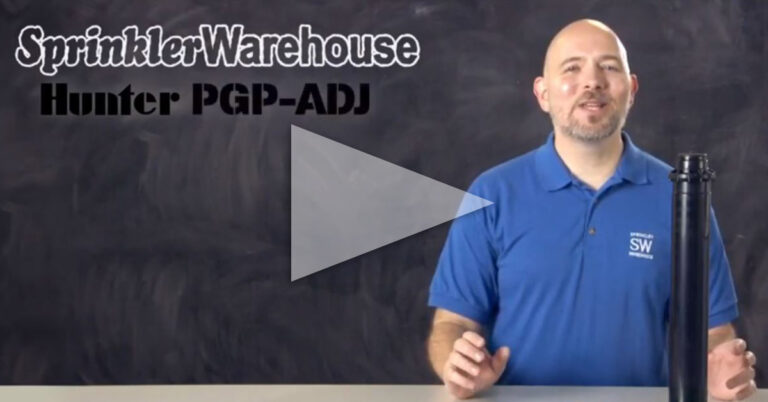Table of Contents
Types of Sprinkler Heads and Their Uses
When it comes to watering your lawn or garden, not all sprinklers are created equal. From small flower beds to sprawling landscapes, the right sprinkler system can make all the difference in water efficiency and plant health. With so many types of sprinklers available, it helps to understand how they work and where they shine. Let’s explore the most common types of sprinklers and help you choose the best one for your lawn’s needs.
The Most Common Sprinkler Head Types
Sprinkler heads come in a variety of sizes, shapes, models, and brands. To give you a good sense of what each of these products is, we’re going to provide a brief overview of some of the most common categories that you’ll see when shopping. The list is as follows:
- Fixed Spray Heads
- Rotary Nozzles
- Impact Rotors
- Gear-driven Rotors
- Large turf rotors
- Pop-up Sprinkler Heads
- Drip Emitters
Why Are There So Many Types of Sprinkler Systems?
The main reason why there are so many types of sprinklers is that many different landscapes, plants, and soil types have unique watering needs. A small flower bed, for example, doesn’t require the same coverage or pressure as a large open lawn. Factors like water pressure, area size, slope, and plant type all influence which sprinkler system works best. Some sprinklers are designed for precise watering in tight spaces, while others can cover wide areas efficiently. The variety ensures that every lawn or garden can get the right balance of coverage without sacrificing water efficiency.
Fixed Spray Heads
Fixed spray heads are one of the most common types of sprinklers used in residential irrigation systems. They produce a consistent, fan-shaped spray pattern that delivers water evenly over a set area. These heads are ideal for smaller lawns, garden beds, and areas with uniform shapes, such as squares or rectangles. Fixed spray sprinklers operate at lower water pressure and typically cover areas between 5 to 15 feet. Because they apply water quickly, they’re best suited for flat landscapes with good drainage. When spaced correctly, they provide reliable coverage without leaving dry spots or overwatering certain zones.
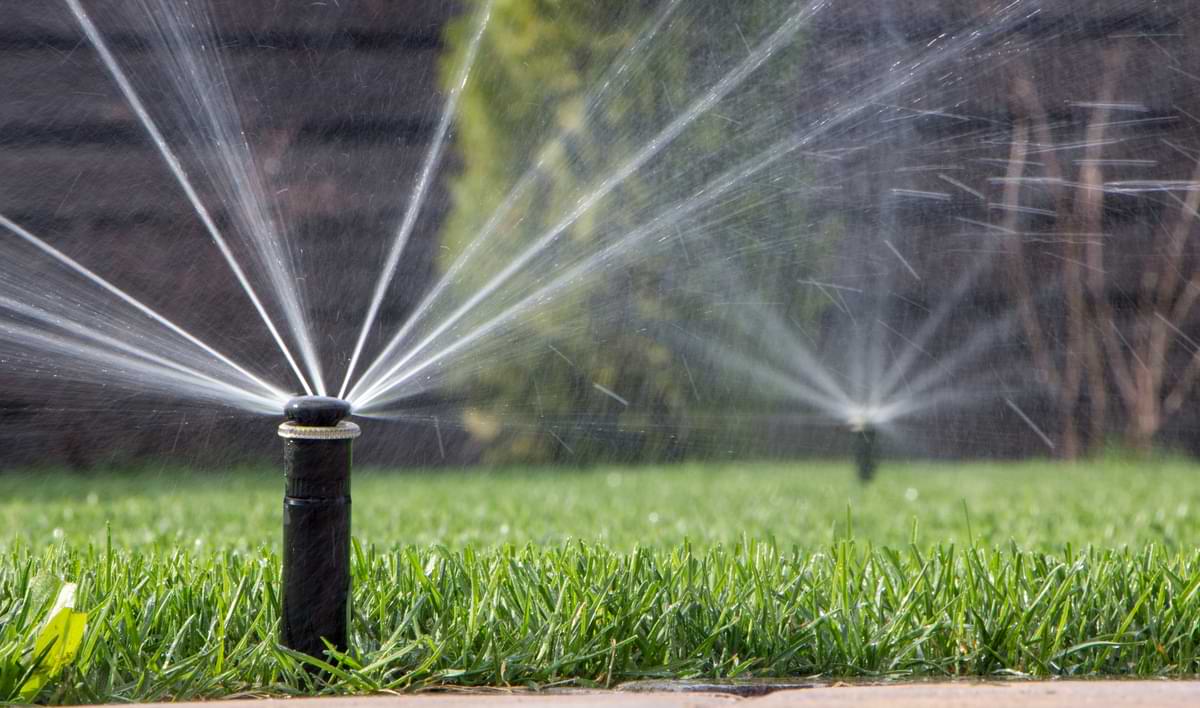
To summarize fixed spray heads:
- Fan-shaped spray pattern
- Covers small, uniform areas
- Operates at low pressure
Rotary Nozzles
Rotary nozzles are designed to cover larger areas more efficiently than fixed spray heads. This type of sprinkler head can rotate in a stream or multiple streams of water, providing even distribution over lawns and landscapes. By applying water more slowly, rotary nozzles reduce runoff and improve absorption, making them ideal for medium to large-sized lawns or areas with slopes. Many models allow you to adjust the arc and radius, giving you precise control over what areas are watered. They also work well in irregularly shaped zones where traditional spray heads might leave dry spots.
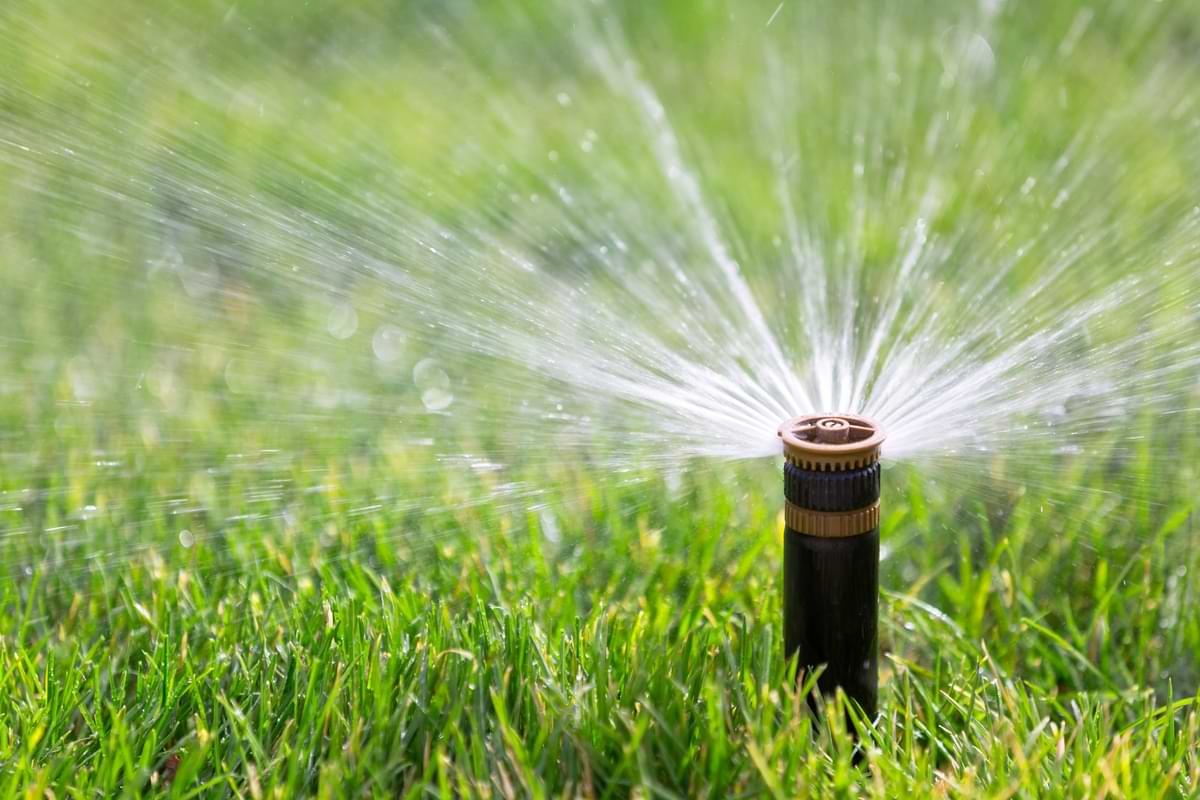
To summarize rotary nozzles:
- Rotates in streams
- Covers medium to large areas
- Reduces runoff, improves absorption
Impact Rotors
Impact rotors use a rotating arm that “impacts” a stream of water, creating a strong, far-reaching spray that can cover distances up to 100 feet or more. This makes them ideal for wide-open spaces where other sprinklers might struggle to provide even coverage. Many models allow adjustment of both the spray distance and arc, giving you control over water distribution and helping prevent runoff while keeping large areas consistently green. Their robust design makes them quite suitable for areas with well water or where other types of heads might get gummed up by hard water. It is worth noting, however, that impact rotors require regular maintenance, and the spring mechanism is often too noisy for residential sites.
To summarize impact rotors:
- Far-reaching spray, up to 100 ft
- Rotating arm with “impact” action
- Durable with regular maintenance
Gear-Driven Rotors
Gear-driven rotors are used for medium- to large-scale sprinkler systems such as small commercial sites or large residential areas. Unlike impact rotors, they use internal gears to rotate the sprinkler head, producing a steady, continuous spray that minimizes splashing and water waste. They can cover distances ranging from 18 to 55 feet, and most models allow an adjustable arc of 40 to 360 degrees. Their low cost, quiet operation, and versatility are a few of the advantages that gear-driven rotors have over impact rotors.

To summarize gear-driven rotors:
- Smooth, quiet rotation
- Adjustable arc and radius
- Efficient for medium to large lawns
Large Turf Rotors
Large turf rotors are heavy-duty sprinklers designed to cover very wide areas, making them ideal for golf courses, sports fields, parks, and large lawns. These rotors often require an operating pressure of 50 to 100 psi and can cover radii up to 100 ft. with flows as high as 80 gallons per minute. One of the major differences between residential sprinkler heads and large turf rotors is their actuation. Most large turf rotors use either electric valve-in-head (EVIH) or hydraulic actuation, meaning that the mechanism that turns the water on and off is built directly into the sprinkler body. Their ability to cover vast areas quickly makes large turf rotors a practical choice for large-scale irrigation projects.
To summarize large turf rotors:
- Heavy-duty, high-flow sprinklers
- Covers very wide areas
- Electric or hydraulic actuation
Pop-up Sprinkler Heads
Pop-up sprinkler heads are a type of sprinkler that remain hidden below ground when not in use, rising only when the system is activated. This design keeps lawns and pathways clear, preventing damage from foot traffic or lawn equipment. Many spray heads and rotary nozzles can be installed as pop-up sprinklers, combining the benefits of their specific spray patterns with a low-profile, retractable design. Pop-up heads are ideal for residential lawns, garden beds, and landscaped areas where aesthetics matter.
To summarize pop-up sprinkler heads:
- Retractable below ground
- Works with spray or rotary heads
- Keeps lawn paths clear
Drip Emitters
Drip emitters deliver water directly to the base of plants, minimizing waste and evaporation. Unlike other types of sprinklers on our list, they release water slowly and precisely, making them ideal for gardens and other areas with delicate plants. These emitters are typically inserted into polyethylene tubing or directly attached to a main line. Similar to other systems, drip emitters can be customized with different flow rates to match specific plant needs. They are especially useful for sloped landscapes or areas with limited water pressure. By targeting water exactly where it’s needed, drip emitters help conserve water while promoting healthy plant growth.
To summarize drip emitters:
- Delivers water directly to roots
- Minimizes evaporation and runoff
- Ideal for gardens, slopes, and delicate plants
Choosing the Best Type of Sprinkler for Your Lawn
Now that we’ve covered some of the most common types of sprinklers, you may be even more confused than before! Just remember that choosing the right sprinkler depends on a couple of factors. Consider the following:
- Lawn size: Smaller areas may do well with fixed spray heads, while large lawns benefit from rotary or turf rotors.
- Water pressure: Some sprinklers, like gear-driven or impact rotors, require higher pressure to operate effectively.
- Coverage area & shape: Match sprinkler type to the area’s layout to avoid dry spots or overwatering.
- Plant type: Delicate plants may need gentle sprays or drip irrigation.
- Budget & maintenance: Consider installation costs, upkeep, and durability.
Choosing the right sprinkler can make a huge difference in your plants’ health. Luckily, after familiarizing yourself with some of the most common types of sprinkler heads, you’re well on your way to making an informed, cost-effective selection for your sprinkler system.
FAQs
Can I mix different types of sprinklers in the same system?
Yes, you can use different types of sprinklers in the same irrigation system, but it requires some planning. It’s very important to match the precipitation rate for all emitters in a zone. Mixing the wrong types of sprinklers can severely overwater one area while underwatering another. As such, dedicated zones should be created for different watering rates.
How do I prevent overwatering with my sprinklers?
Every lawn and garden has different watering needs, so try to adjust your watering based on your soil type and your local weather conditions. Ensure that your sprinkler heads are properly spaced and aimed to avoid overlapping coverage. You can also consider installing a timer to help automate watering and prevent pooling.
How do I properly maintain my sprinklers?
Maintain sprinklers by regularly inspecting heads for clogs or damage, adjusting spray patterns, checking valves and pipes for leaks, and winterizing in cold climates. On occasion, you may need to clean or replace worn parts and flush the system to ensure that it’s operating efficiently and evenly watering your entire lawn.
























